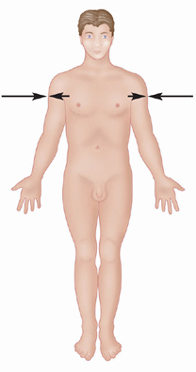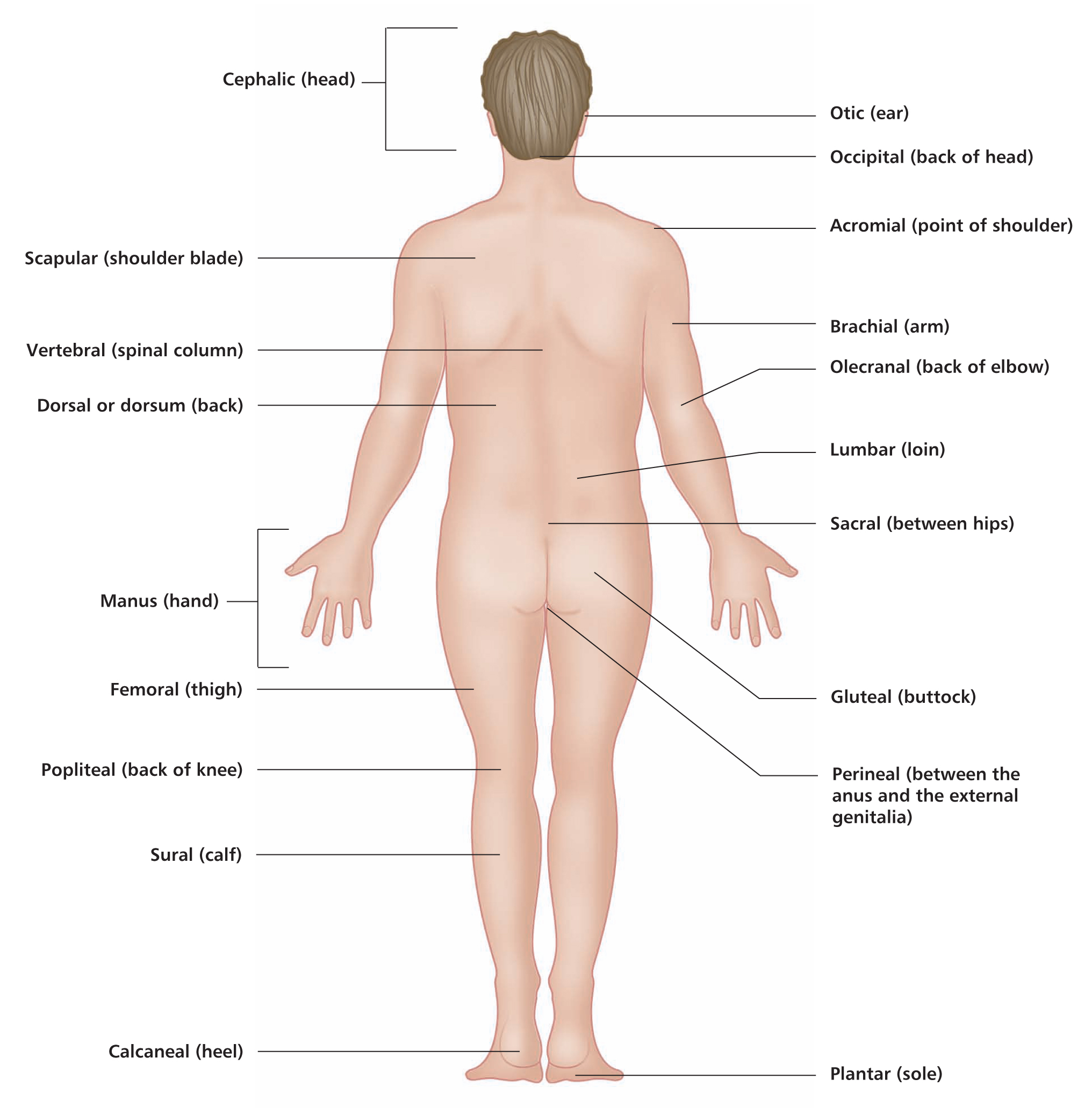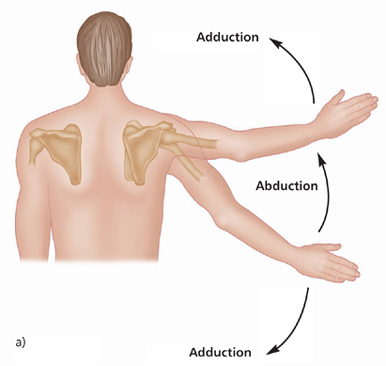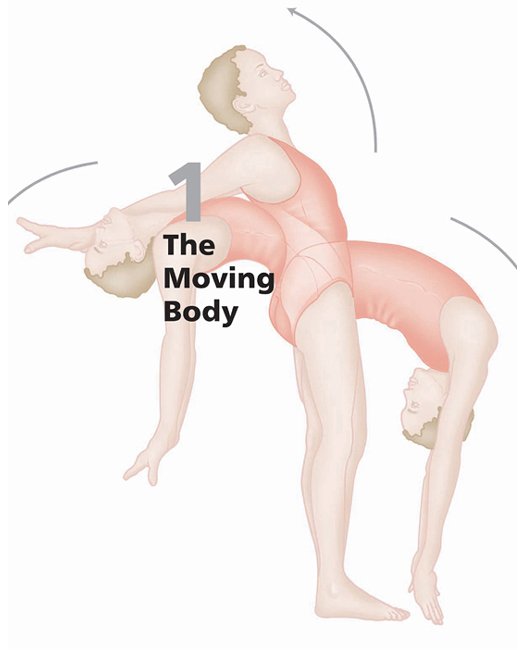
Anatomical Directions
To describe the relative position of body parts and their movements, it is essential to have a universally accepted initial reference position. The standard body position known as the anatomical position serves as this reference. The anatomical position is simply the upright standing position with arms hanging by the sides, palms facing forwards (see figure 2). Most directional terminology used refers to the body as if it were in the anatomical position, regardless of its actual position. Note also that the terms ‘left’ or ‘right’ refer to the sides of the object or person being viewed, and not those of the reader.
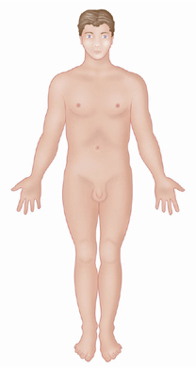
Figure 2: Anterior.
In front of; toward or at the front of the body.
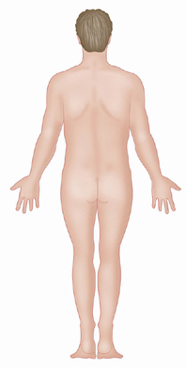
Figure 3: Posterior.
Behind; toward or at the backside of the body.
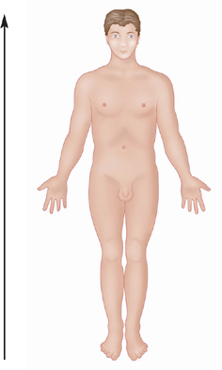
Figure 4: Superior.
Above; toward the head or upper part of the structure or the body.

Figure 5: Inferior.
Below; away from the head or toward the lower part of a structure or the body.
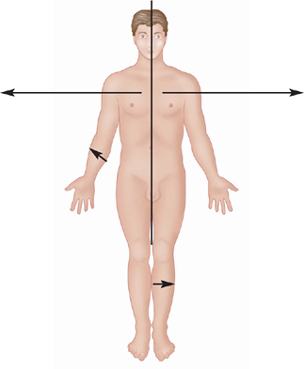
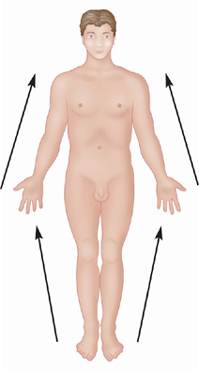
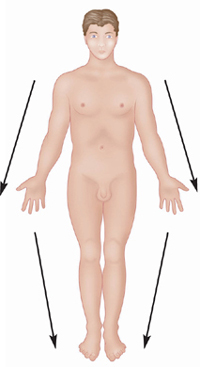
Figure 10: Superficial.
Toward or at the body surface.
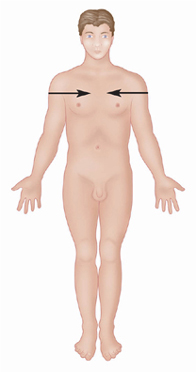
Figure 11: Deep.
Farther away from the body surface; more internal.
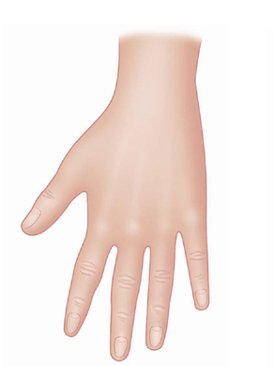
Figure 12: Dorsum.
The posterior surface of something, e.g. the back of the hand; the top of the foot.
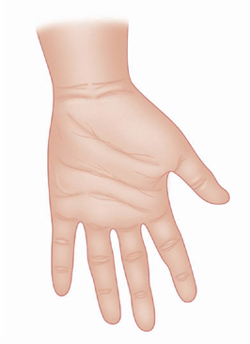
Figure 13: Palmar.
The anterior surface of the hand, i.e. the palm.
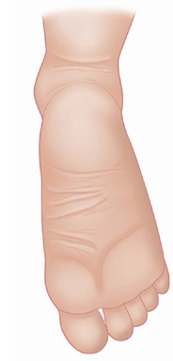
Figure 14: Plantar.
The sole of the foot.
Regional Areas
The two primary divisions of the body are its axial part, consisting of the head, neck and trunk, and its appendicular parts, consisting of the limbs that are attached to the axis of the body. Figure 15 shows the terms used to indicate specific body areas. Terms enclosed within brackets refer to the lay term for the area.
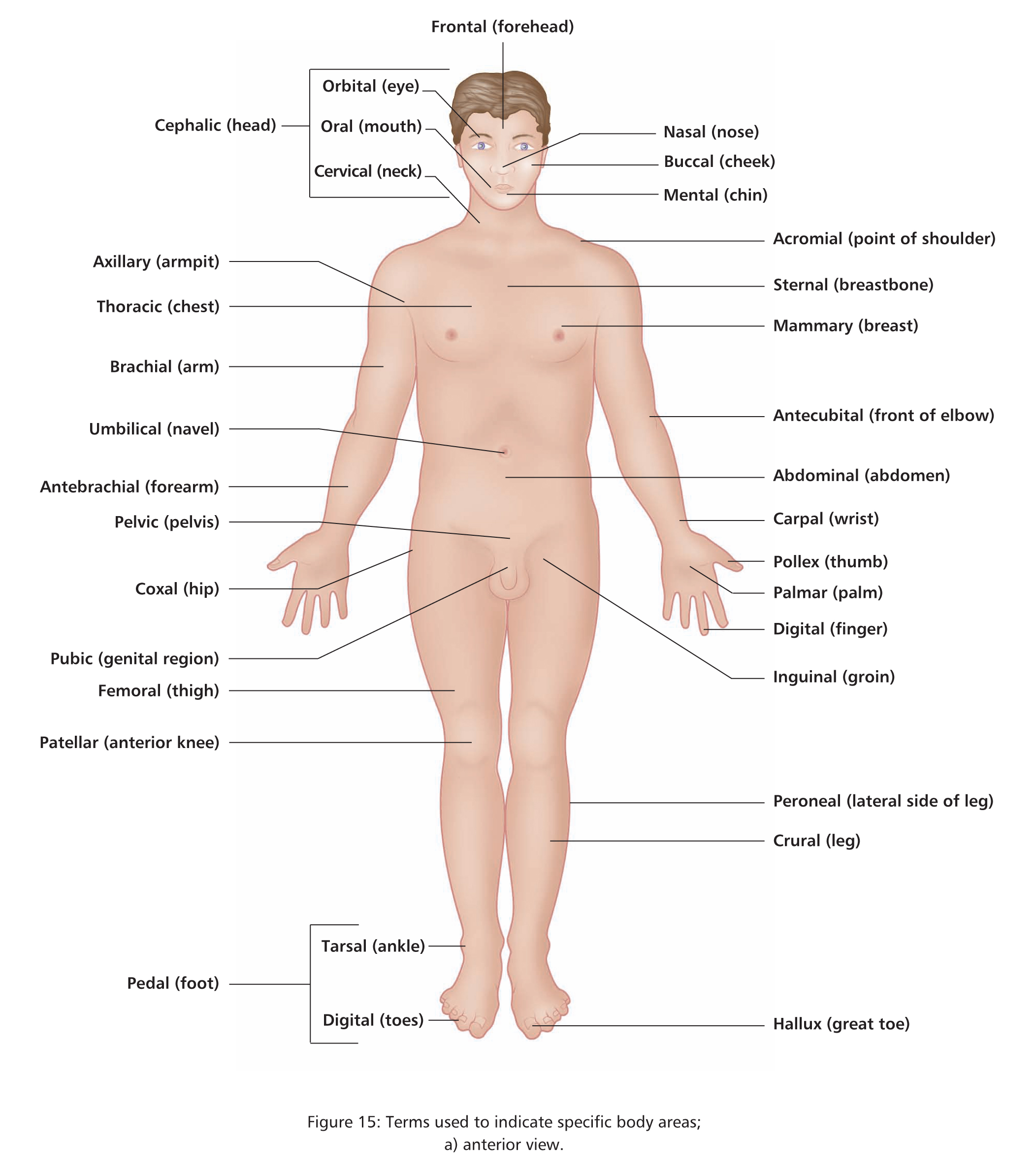
Figure 15: Terms used to indicate specific body areas; a) anterior view.
Figure 15: Terms used to indicate specific body areas; b) posterior view.
Planes of the Body
Planes refer to two-dimensional sections through the body, to give a view of the body or body part, as if it has been cut through an imaginary line.
• The transverse planes are horizontal cross sections, dividing the body into upper (superior) and lower (inferior) sections, and lie at right angles to the other two planes. Figure 16 illustrates the most frequently used planes.
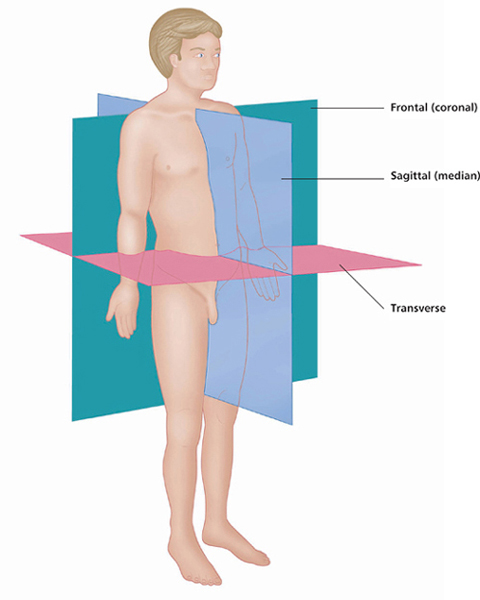
Figure 16: Planes of the body.
Anatomical Movements
The direction that body parts move is described in relation to the foetal (fetal) position. Moving into the foetal position results from flexion of all the limbs. Straightening out of the foetal position results from extension of all the limbs.
Figure 17
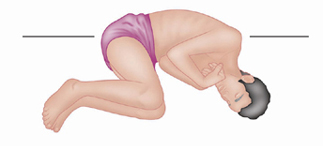
a) Flexion into the foetal position
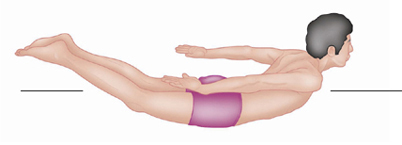
b) extension out of the foetal position.
Main Movements
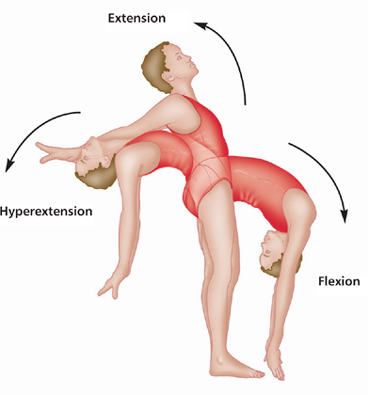
Figure 18: Flexion: Bending to decrease the angle between bones at a joint. From the anatomical position, flexion is usually forward, except at the knee joint where it is backward. The way to remember this is that flexion is always toward the foetal position.
Extension: To straighten or bend backward away from the foetal position.
Hyperextension: To extend the limb beyond its normal range.
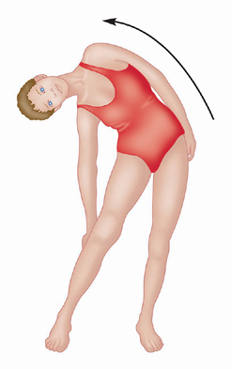
Figure 19: Lateral flexion.
To bend the torso or head laterally (sideways) in the frontal (coronal) plane.
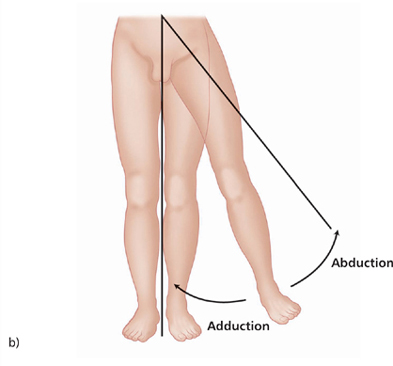
Figure 20: Abduction: Movement of a bone away from the midline of the body or the midline of a limb.
Adduction: Movement of a bone towards the midline of the body or the midline of a limb.
NOTE: for abduction of the arm to continue above the height of the shoulder (elevation through abduction), the scapula must rotate on its axis to turn the glenoid cavity upwards (see figure 28b).
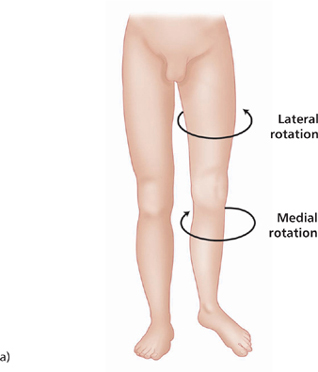
Stay updated, free articles. Join our Telegram channel

Full access? Get Clinical Tree



